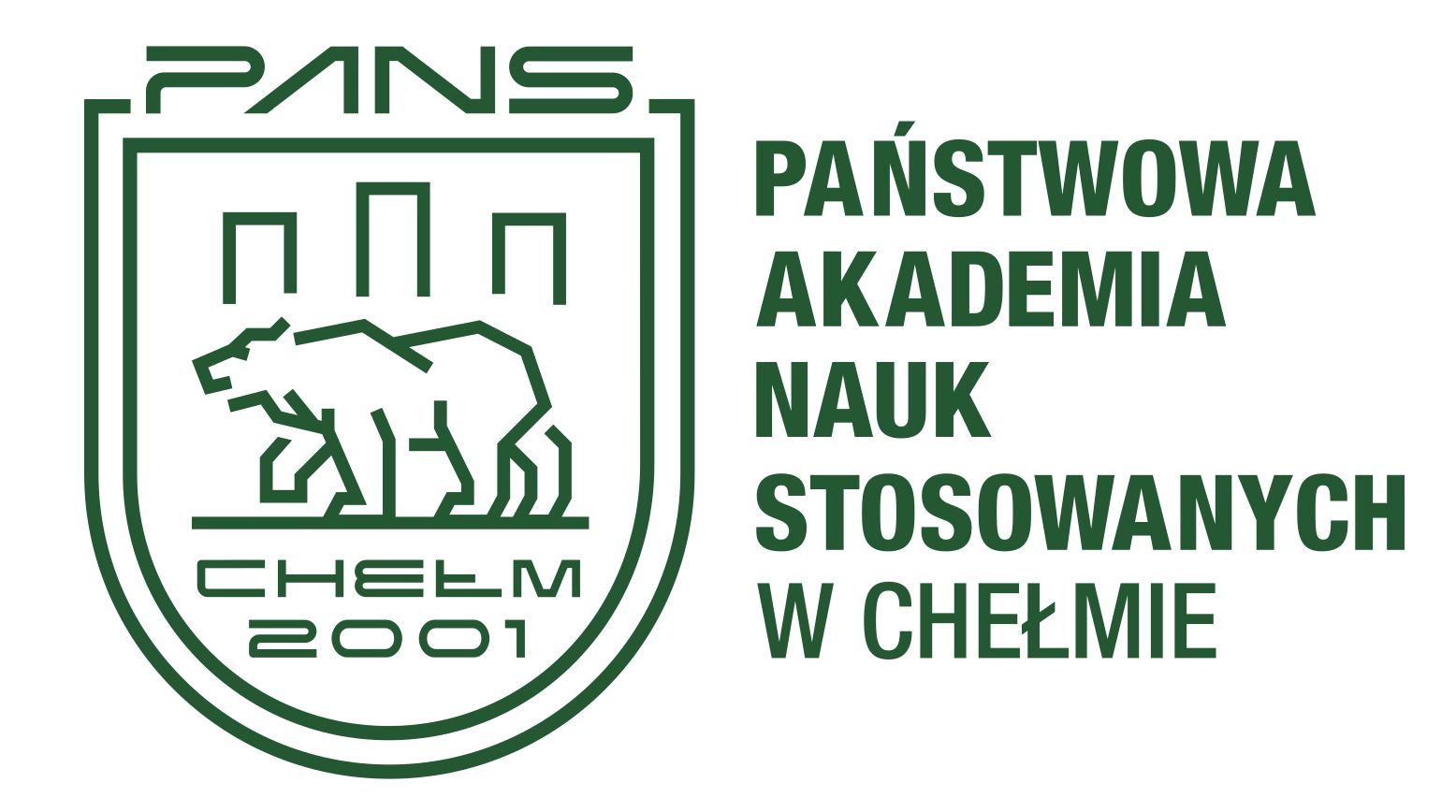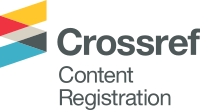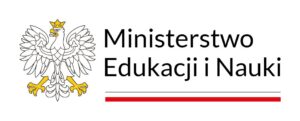Zastosowanie analizy treści w badaniach nad dyskursem politycznym
DOI:
https://doi.org/10.54515/lcp.2024.1.67-77Słowa kluczowe:
dyskurs polityczny, analiza treści, jakościowa analiza treści, ilościowa analiza treściAbstrakt
Analiza treści jest jedną z najczęściej stosowanych metod w badaniu różnych form dyskursu, w tym dyskursu politycznego. Jako technika badawcza rozwinęła się w badaniach nad komunikacją i obecnie jest często wykorzystywana w językoznawstwie, m.in. w analizie tekstu, systematycznych badaniach tekstu pisanego czy transkrypcji mowy, a także w badaniach nad treścią przekazu nietekstowego.
Niniejszy artykuł porusza kwestię zastosowania analizy treści w badaniach nad dyskursem politycznym oraz omawia podstawowe pojęcia związane z tą metodą badawczą. Przedstawiono w nim pojęcia treści jawnej i ukrytej tekstów politycznych oraz omówiono dwa szczególnie przydatne w ocenie analizy treści terminy, tj. „rzetelność” i „ważność”. Dodatkowo omówiono dwa szerokie podejścia do analizy treści. Pierwsza to jakościowa analiza treści, druga to ilościowa analiza treści.
Bibliografia
Alonso, S., Volkens, A. Gómez, B. (2012). Content-analyzing Political Texts. A Quantitative Approach. Spain: Centro de Investigaciones Sociológicas.
Asp, K. (1986). Mäktiga massmedier. Studier i politisk opinionsbildning. Stockholm: Förlaget Akademilitteratur.
Benoit, W. L. (2011). Content analysis in political communication. In: R. L. Holbert, E. P. Bucy (eds). Sourcebook for Political Communication Research. Methods, Measures, and Analytical Techniques. London, United Kingdom: Routledge.
Benoit, W. L., McHale, J. P., Hansen, G. J., Pier, P. M., McGuire J. P. (2003). Campaign 2000: A Functional Analysis of Presidential Campaign Discourse. Lanham, MD, United States: Rowman & Littlefield.
Berelson, B. (1971). Content Analysis in Communication Research. (Reprint) New York: Hafner.
Bucher, H-J, Fritz, G. (1989). Sprachtheorie, Kommunikationsanalyse, Inhaltsanalyse. In: Baacke. Dieter & Kübler (eds). Qualitiative Medienforschung. Konzepte und Erfahrungen. Tübingen. Max Niemeyer Verlag. DOI: https://doi.org/10.1515/9783111340234.135
Denzin, N. K., Lincoln. Y. S. (eds). (2017). Handbook of Qualitative Research. Thousand Oaks, United States: SAGE Publications Inc.
Gillham, B. (2000). Case Study Research Methods. London: Continuum.
Glaser, B. G., Strauss, A. L. (1967). The Discovery of Grounded Theory: Strategies for Qualitative Research. Chicago: Aldine. DOI: https://doi.org/10.1097/00006199-196807000-00014
Holsti, R. R. (1969). Content Analysis for the Social Sciences and Humanities. Reading, MA: Addison Wesley.
Jick, T. D. (1979). “Mixing qualitative and quantitative methods: Triangulation in action”. In: Administrative Science Quarterly, 24 (December). DOI: https://doi.org/10.2307/2392366
Kohlbacher, F. (2005). “The Use of Qualitative Content Analysis in Case Study Research”. In: Forum Qualitative Sozialforschung / Forum: Qualitative Social Research, vol. 7(1), art. 21.
Kracauer, S. (1952). “The challenge of qualitative content analysis”. In: Public Opinion Quarterly, no 16(4). DOI: https://doi.org/10.1086/266427
Krippendorff, K. (2004). Content Analysis: An Introduction to Its Methodology (2nd ed.). Thousand Oaks, CA: Sage.
Langer, R. (1997). “The Concept Of Discourse in The Analysis of Complex Communication Events”. In: Institut for Interkulturel Kommunikation og Ledelse, IKL. Copenhagen Business School. Working Paper / Intercultural Communication and Management, no. 26.
Larsen, P. (1991). Qualitative content analysis. Between “Critical Theory” and Semiotics. In: H. Ronning, K. Lundby (eds). Media and Communication. Readings in Methodology, History and Culture. Oslo: Norwegian University Press.
Mayring, P. (2000, June). Qualitative Content Analysis. [online 28 paragraphs] Qualitative-research.net. http://www.qualitative-research.net/fqs-texte/2-00/2-00mayring-e.htm, 28.01.2018.
McCombs, M. (2004). Setting the Agenda: The Mass Media and Public Opinion. Cambridge: Polity.
Neuendorf, K. A. (2002). The Content Analysis Guidebook. Thousand Oaks, CA: Sage.
Neuendorf, K. A., Kumar, A. (2016). Content analysis. In: G. Mazzoleni (ed.). The International Encyclopedia of Political Communication. John Wiley & Sons, Inc. DOI: https://doi.org/10.1002/9781118541555.wbiepc065
Riffe, D., Lacy, S., Fico, F. (2005). Analyzing Media Messages: Using Quantitative Content Analysis in Research (2nd ed.). Mahwah, NJ: Lawrence Erlbaum. DOI: https://doi.org/10.4324/9781410613424
Ritsert, J. (1972). Inhaltsanalyse und Ideologiekritik. Ein Versuch über kritische Sozialforschung. Frankfurt a.M.: Athenäum Fischer Taschenbuch Verlag.
Rubin, H. J., Rubin, I. S. (1995). Qualitative Interviewing, The Art Of Hearing Data. Thousand Oaks: Sage.
Verser, R., Wicks, R. H. (2006). „Managing voter impressions: The use of images on presidential candidate websites during the 2000 campaign”. In: Journal of Communication, no. 56. DOI: https://doi.org/10.1111/j.1460-2466.2006.00009.x
Wright, S. (1921). “Correlation and causation”. In: Journal of Agriculture Research, no 20.











